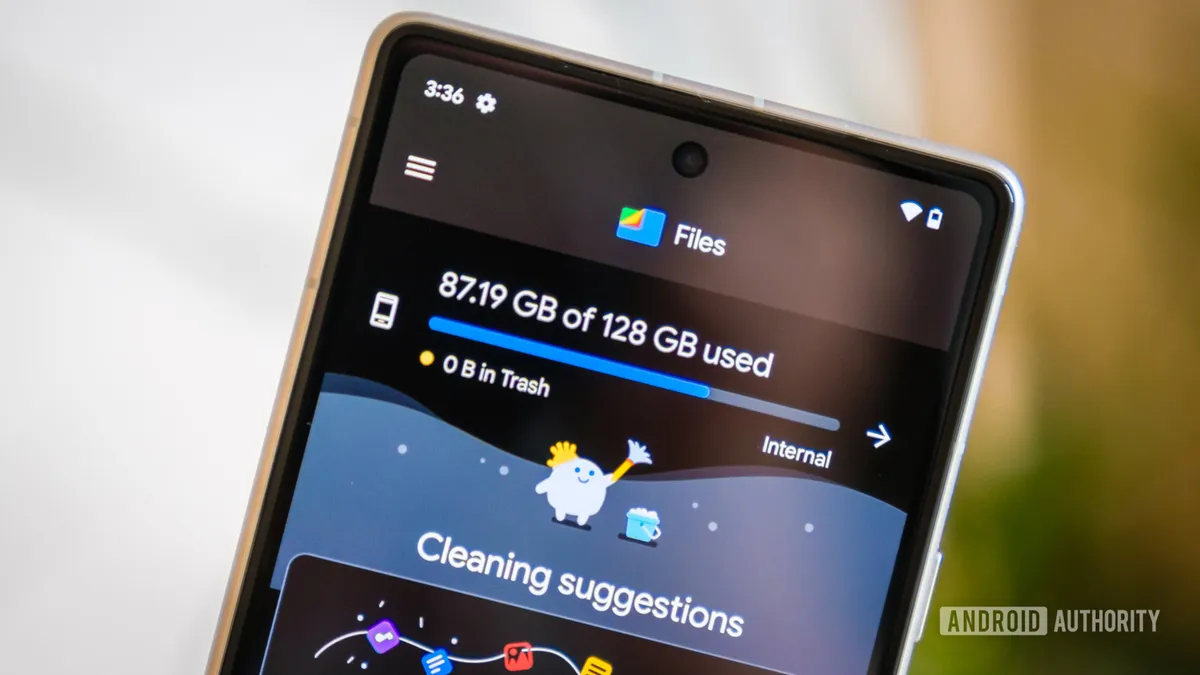
Google has recently updated its certification requirements for Android devices, significantly raising the minimum flash storage capacity necessary for compliance. Starting with Android 15, all new devices must come equipped with at least 32GB of storage, with a mandate that 75% of this space is designated for the data partition.
The recent changes in Android 15 mark a pivotal shift in the landscape of mobile devices, especially for budget-friendly options that often come with limited storage. Previously, the minimum requirement was set at 16GB, introduced with Android 13 in 2022. This increase to 32GB ensures that devices can better handle the demands of modern applications and services, enhancing the overall user experience.
For Android devices to be eligible for the latest OS, they must not only meet this new storage requirement but also allocate at least 75% of the total storage to the data partition. This partition is crucial as it houses preinstalled system applications, user data, and essential files, ensuring that users have ample space for their apps and personal files.
While Google cannot legally restrict manufacturers from creating devices with less than 32GB of storage if they utilize the open-source version of Android (AOSP), the new requirement is strictly enforced for devices that aim to include Google Mobile Services (GMS). The GMS licensing document outlines the necessary specifications for compliance, making it essential for manufacturers to adhere to these updated standards.
By raising the storage requirement, Google aims to improve the user experience, especially for low-end devices that constitute a significant portion of Android device sales globally. With more storage available, users can download and install a wider range of applications without encountering storage limitations.
In addition to the increased storage capacity, Android 15 introduces several other important requirements. One notable feature is the ability for cellular devices to share emergency contact information with emergency services during calls. This feature enhances safety by allowing emergency responders to quickly contact designated individuals for additional information.
Another significant requirement is that chipsets must support Vulkan 1.3 or higher, along with compliance to the Android Baseline 2022 profile. The integration of ANGLE libraries is also mandated, which allows app developers to utilize these libraries as alternatives for native OpenGL ES drivers. This compatibility ensures that older applications and games can run smoothly on modern devices.
Alongside the storage upgrades, Android 15 also adjusts the minimum RAM specifications for GMS certification. Devices with 2GB or 3GB of RAM are now required to implement low memory optimizations, which were previously limited to devices with just 2GB. This adjustment underscores Google's commitment to enhancing user experience by ensuring that even budget devices operate efficiently.
While many of the new requirements in Android 15 are technical and may not directly affect everyday users, they are crucial for maintaining a high standard of performance and security. For instance, chipsets that launch with Android 15 support must now also implement certain features like ID attestation and support for Bluetooth 5.0 or higher.
As the Android ecosystem continues to evolve, these updates not only reflect Google's ambition to enhance user experience but also signify a broader trend towards more capable and secure mobile devices. As a result, manufacturers will need to adapt to these requirements to remain competitive in the ever-growing smartphone market.
For more exclusive insights, app teardowns, and in-depth tech coverage, stay tuned to Authority Insights.